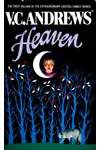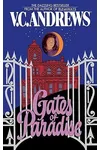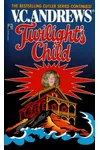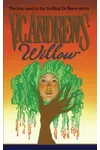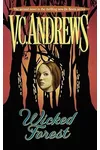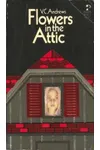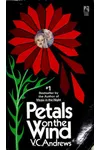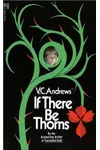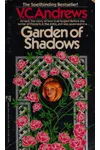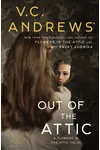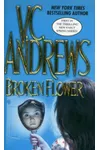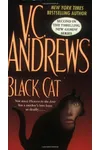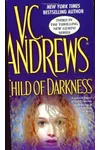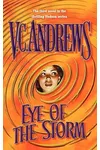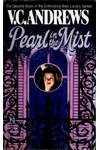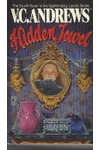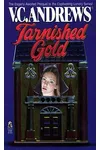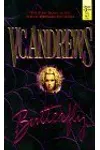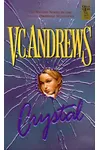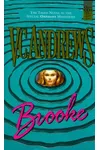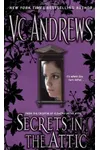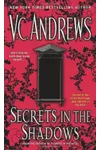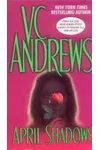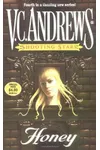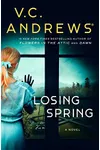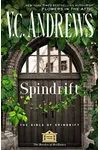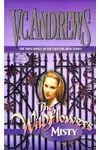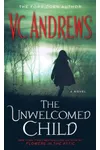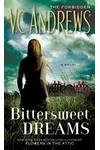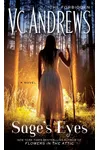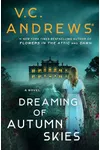Picture a Virginia storyteller who spun tales of dark family secrets and gothic intrigue—meet V.C. Andrews! Born in 1923, she transformed personal struggles into a literary phenomenon with her chilling bestseller Flowers in the Attic. Her haunting sagas of forbidden love and betrayal have captivated millions, making her a legend in gothic fiction.
Despite passing in 1986, Andrews’s name lives on through ghostwritten novels, her brand a beacon for fans craving twisted family dramas. Ready to dive into her world of shadowy attics and scandalous secrets? Let’s explore her life, works, and lasting legacy!
The Making of V.C. Andrews
Cleo Virginia Andrews was born on June 6, 1923, in Portsmouth, Virginia, to a caring family. A tragic fall at 17 left her with debilitating arthritis, confining her to a wheelchair for much of her life. Undeterred, she pursued art, working as an illustrator before turning to writing. Her love for gothic romances like Wuthering Heights fueled her imagination, leading to her first novel at 56—an inspiring tale of perseverance.
Andrews’s early writing included an unpublished sci-fi novel, Gods of Green Mountain, and short stories. Her breakthrough came with a manuscript she wrote in just two weeks, revised overnight to add the shocking elements that became her signature. That manuscript? The iconic Flowers in the Attic.
V.C. Andrews’s Unforgettable Stories
Andrews’s novels blend gothic horror with family sagas, weaving tales of dysfunctional families, forbidden love, and dark secrets. Her writing is fast-paced, with dramatic dialogue and bizarre twists that keep readers hooked. Flowers in the Attic (1979), the cornerstone of the Dollanganger series, follows four siblings locked in their grandmother’s attic by their scheming mother. Its themes of incest and abuse sparked controversy but sold over 40 million copies worldwide.
The Dollanganger saga continues in Petals on the Wind (1980), tracing the siblings’ escape and quest for revenge, and If There Be Thorns (1981), focusing on the next generation’s unraveling secrets. My Sweet Audrina (1982), her only standalone novel, tells the eerie story of a girl haunted by her sister’s death. The Casteel series, starting with Heaven (1985), explores a poor girl’s rise amidst betrayal. Each work showcases Andrews’s knack for melodrama and psychological suspense.
After her death, ghostwriter Andrew Neiderman continued her legacy, completing unfinished works and crafting new series under her name. While some fans note a shift in style, Neiderman’s contributions have kept Andrews’s gothic spirit alive, with over 90 novels bearing her name.
Why V.C. Andrews Matters
V.C. Andrews redefined gothic fiction, blending horror, romance, and family drama into a genre of its own. Her raw, unflinching exploration of taboo topics resonated with readers, especially teens, who found her flawed characters relatable. Her books, translated into 25+ languages, have sold over 107 million copies, inspiring films, a stage play, and even the band name for The Dresden Dolls.
Andrews’s legacy endures through her influence on authors like Gillian Flynn and the continued popularity of her ghostwritten works. Her ability to turn personal hardship into universal stories of survival and revenge remains her greatest triumph, cementing her as a cultural icon.
- Born: June 6, 1923, Portsmouth, Virginia
- Key Works: Flowers in the Attic, Petals on the Wind, My Sweet Audrina, Heaven
- Died: December 19, 1986, from breast cancer
- Awards: Named Professional Woman of the Year by Norfolk, Virginia, in 1984
Snag Flowers in the Attic and dive into V.C. Andrews’s thrilling world of gothic secrets! Whether you’re a longtime fan or a curious newbie, her stories promise a wild, unforgettable ride.




